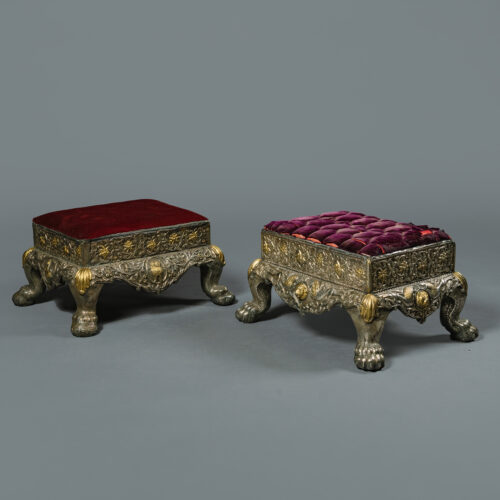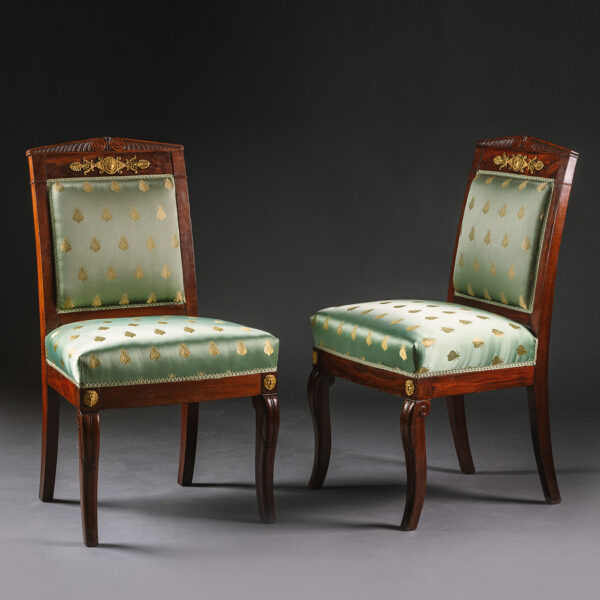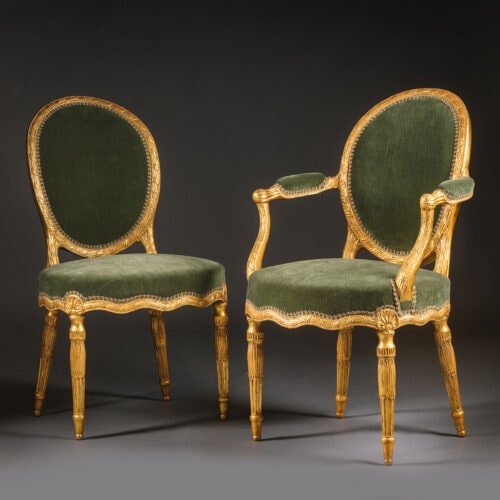Two Anglo-Indian Carved Ebony Easy Armchairs
£28,000
Two Anglo-Indian Carved Ebony Easy Armchairs. Each with tablet toprail elaborately carved with stylised flower-head and scrolling foliage around a central...
Dimensions
Height: 106 cm (42 in)Width: 65 cm (26 in)
Depth: 75 cm (30 in)
Description
Two Anglo-Indian Carved Ebony Easy Armchairs.
Each with tablet toprail elaborately carved with stylised flower-head and scrolling foliage around a central scallop shell. The channelled side rails running to swept arms with leaf carved terminals resting on flared tassel and cup supports decorated with lotus petals. The front and side seat rails are carved with foliate and flowers to the corners above turned front legs. The rear legs are of square section and slightly shorter so that the chair gently reclines. Caned backs and seats with leather squab cushions.
Galle District, Sri Lanka, Circa 1830/50.
Although furniture represented a small part of raw and manufactured exports from Ceylon (Sri Lanka), it was considered a centre of interest for furniture making in the nineteenth century and Ceylonese furniture, characterised by its hybridity of local and western form, elaborately carved and employing rare timbers, was shown at the international exhibitions beginning in 1851 in London. In 1857 two items of furniture from the Celyon section of the Great Exhibition were donated to the South Kensington Museum by the Commissioners of the Exhibition of 1851. These comprised: ‘Chair. Carved Ebony. An arm-chair, with decoration of scroll foliage. Cingalese, modern, and another identical’. At the 1862 London international exhibition, the Ceylon Court included ‘one Carved Ebony Easy Chair’ and two ‘Ebony Easy chairs’.
Ebony furniture produced in the Galle District at the Southwestern tip of Sri Lanka, was much admired and in his account of Ceylon, published in 1850, H.C. Sirr noted how in Colombo there was available ‘the most exquisitely carved ebony furniture conceivable’. It is not known when easy armchairs such as these were first made on the island, but it is possible they were inspired by designs for similar chairs in Thomas King’s ‘Modern Style of Cabinet Work Exemplified’ (1832). A sketched portrait of Mudaliyar Don Soloman Dias Bandaranaike I (1780-1859) shows him besides a chair of this type (J. E. Tennent, ‘Ceylon, An Account of the Island’, 1859).
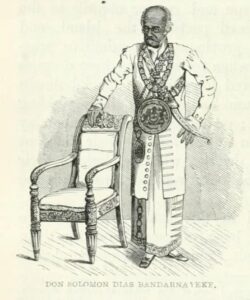
A sketched portrait of Mudaliyar Don Soloman Dias Bandaranaike I (1780-1859) standing next to a chair of this type (J. E. Tennent, ‘Ceylon, An Account of the Island’, 1859)
Related Galle ebony chairs are at Penrhyn Castle, Powis Castle and Capesthorne Hall. A closely related example is in the Dutch Period Museum, Pettah, Colombo.
Date
Circa 1830 - 1850
Origin
Sri Lanka
Medium
Ebony
Private English Collection since the 1960s.
An almost identical documented chair from the collection of Mr. Edward C. Reynolds, is illustrated in Amin Jaffer, ‘Furniture from British Indian and Ceylon: A catalogue of the Collection in Victoria and Albert Museum and the Peabody Essex Museum’, 2001, p. 378.
Robin Jones, Furniture from Ceylon at International Exhibitions and World’s fairs, 1851—1904. Furniture History, Vol. 40 (2004), pp. 113-134.
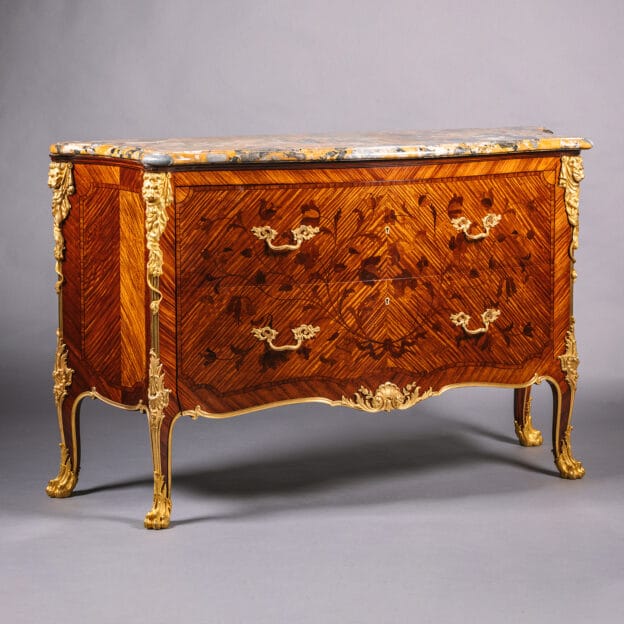




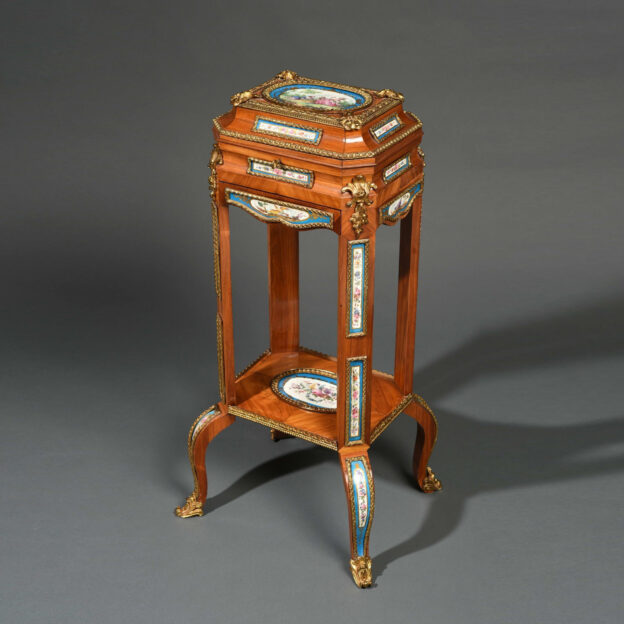
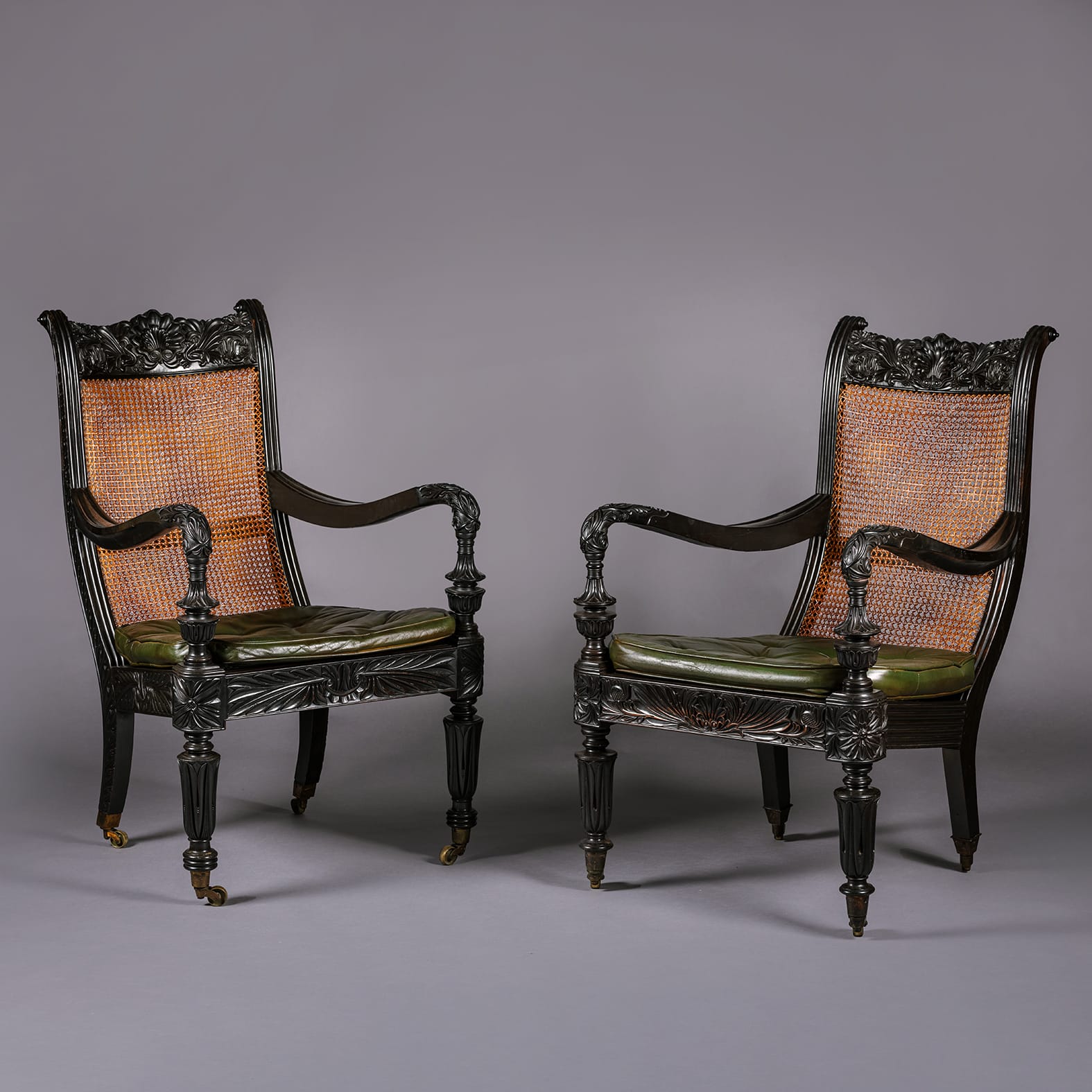
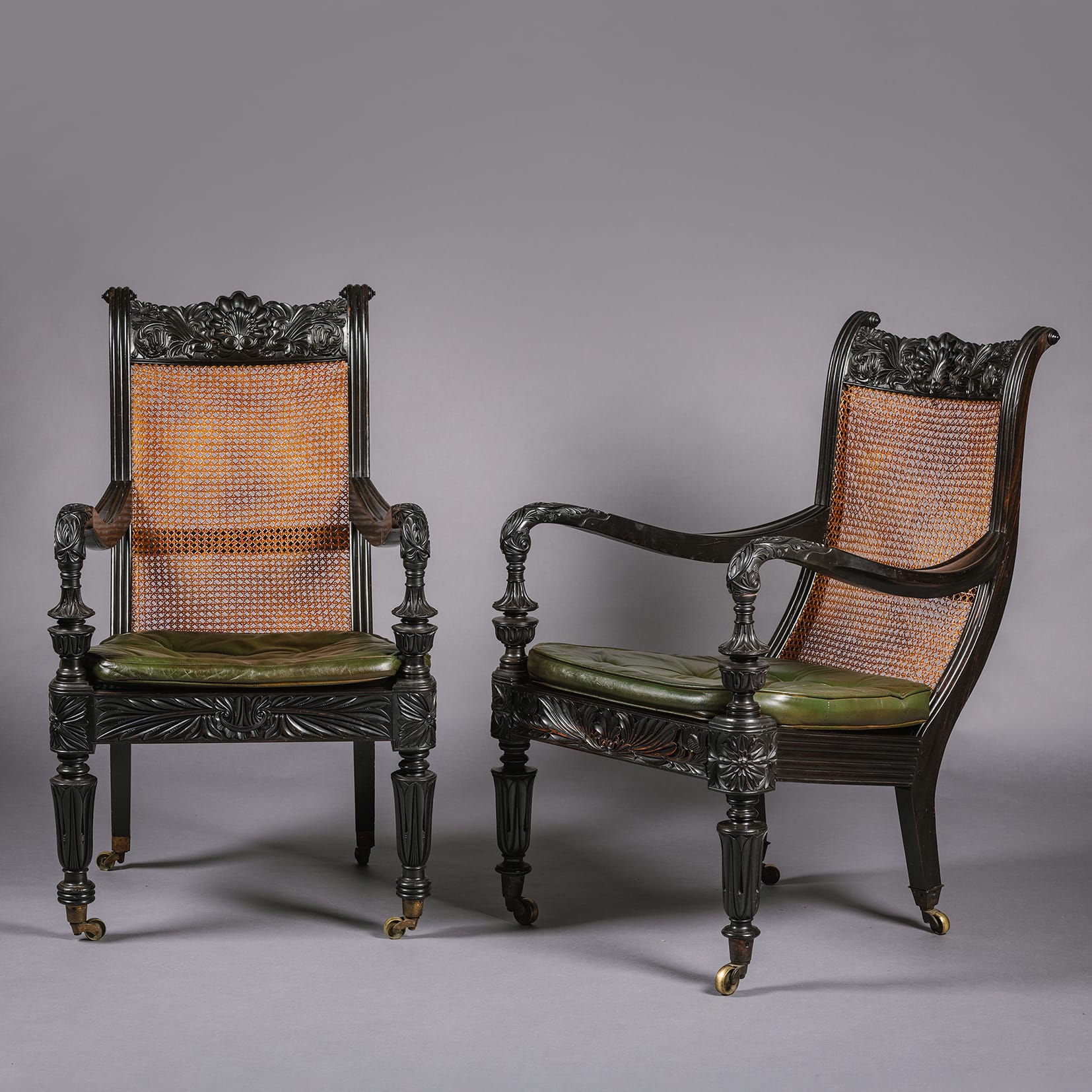
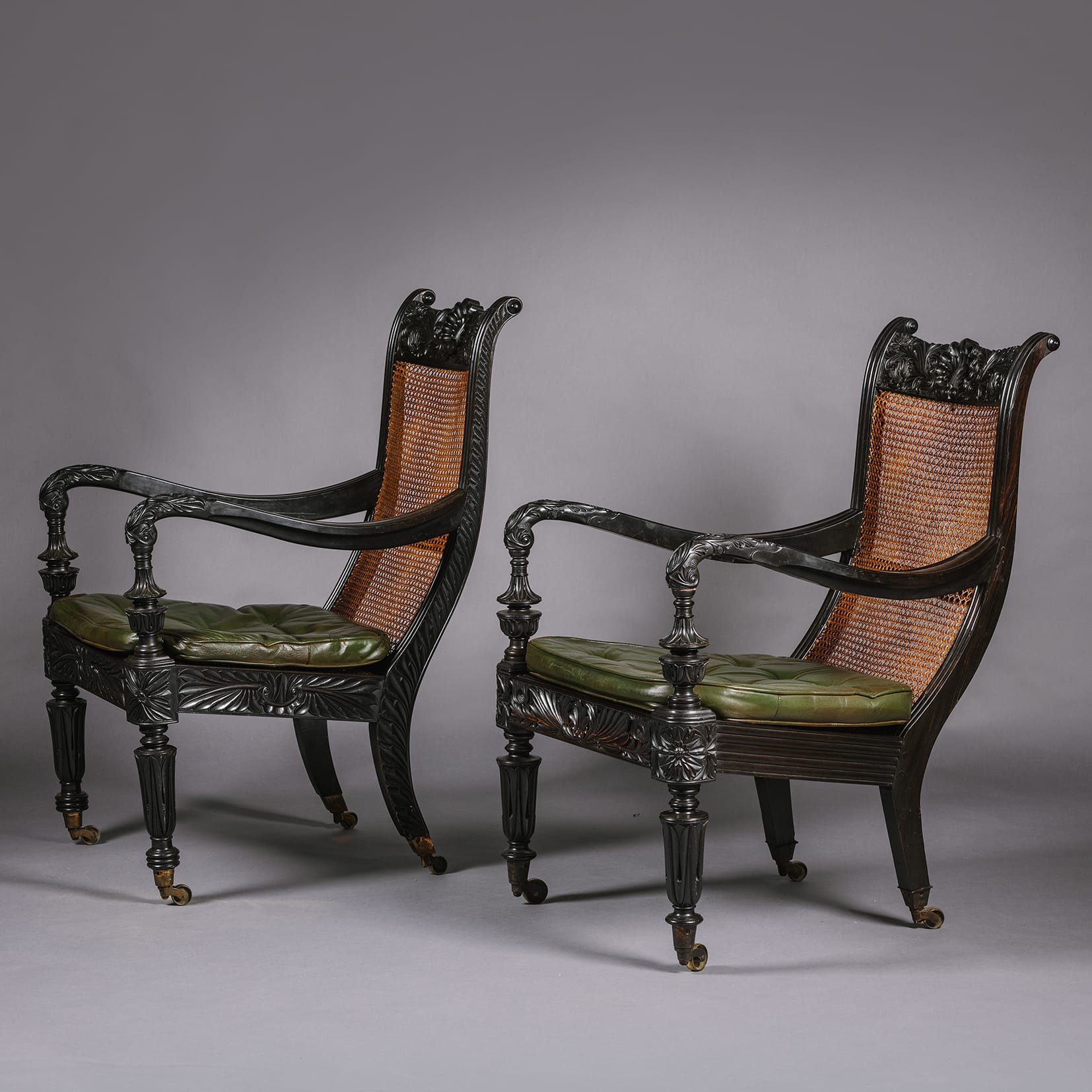
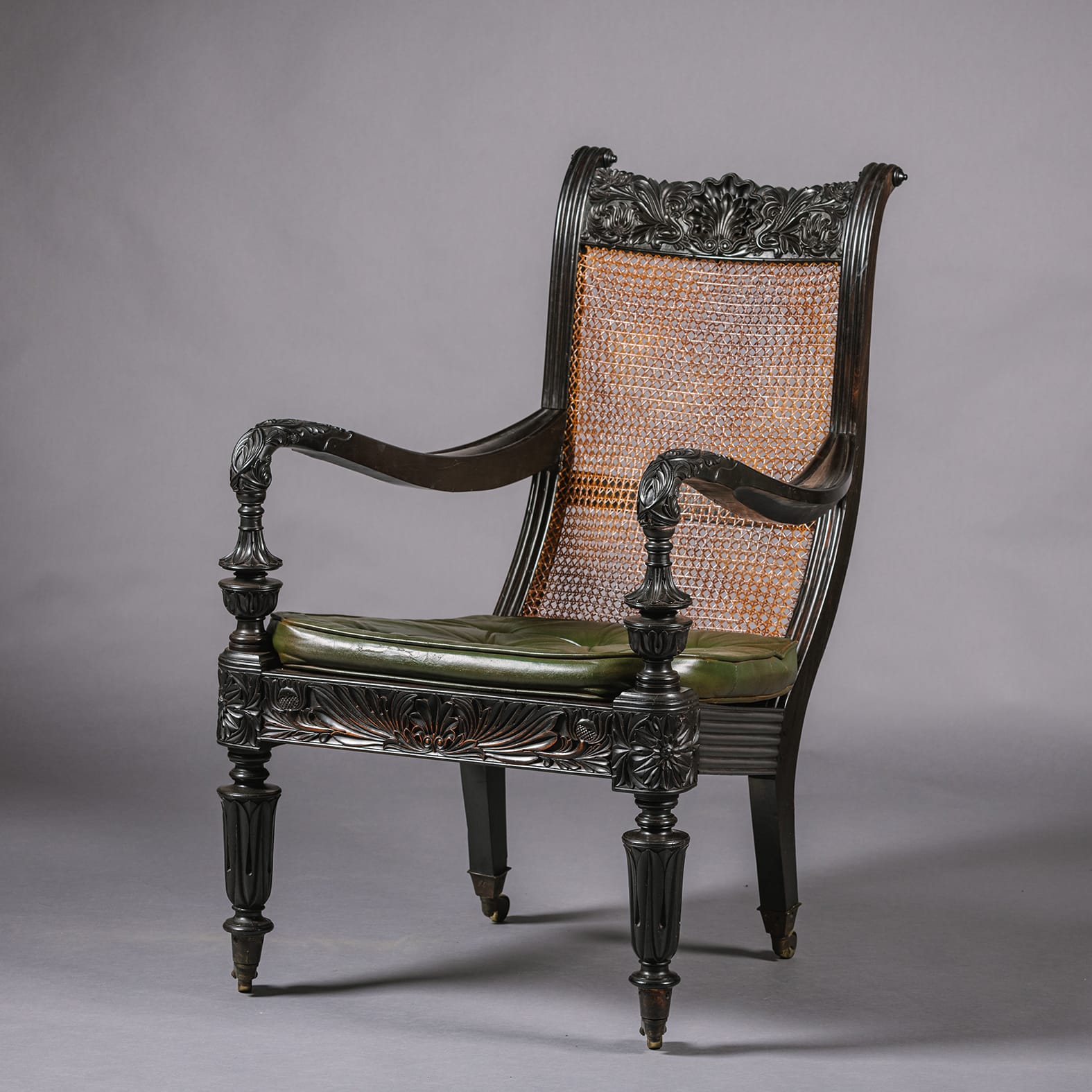
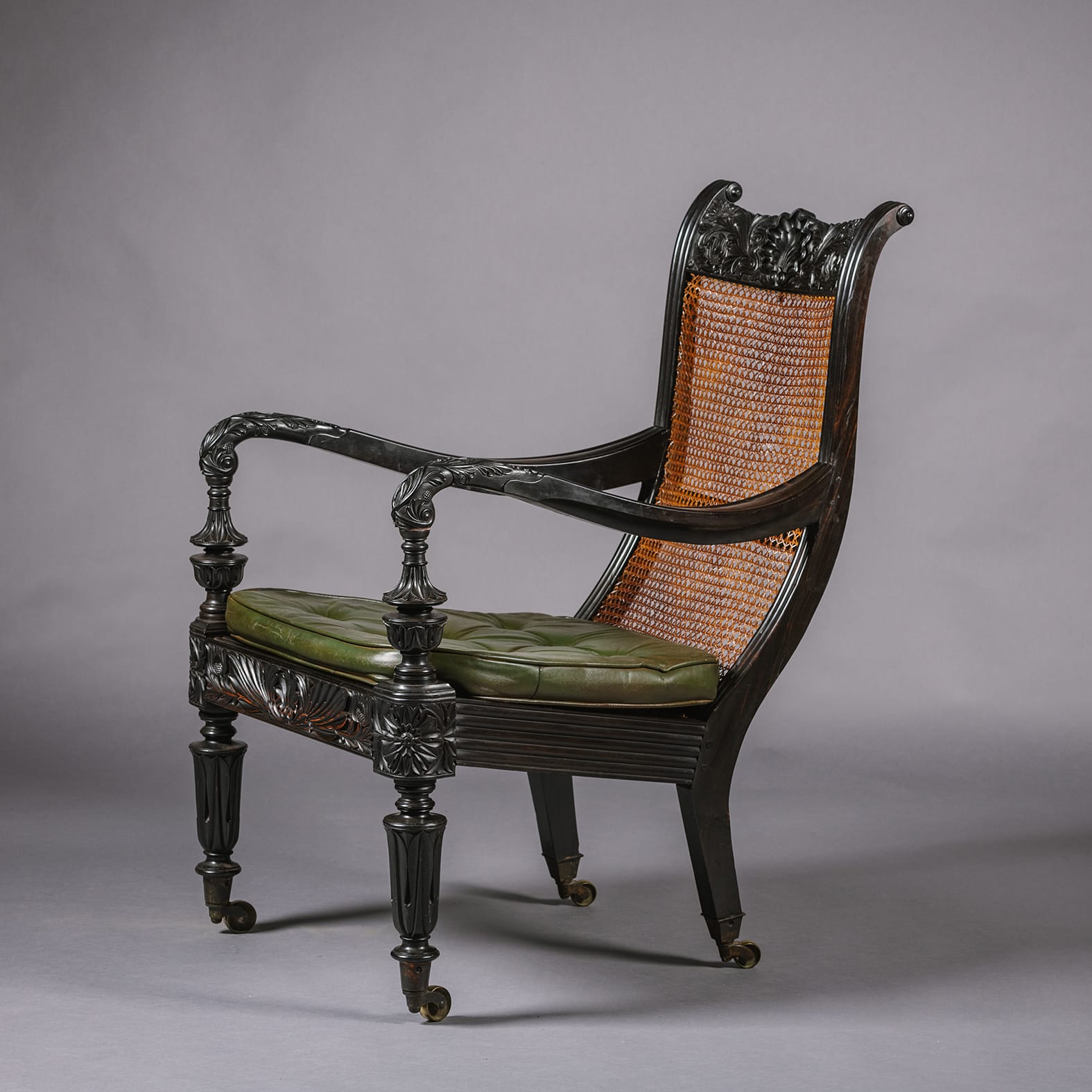
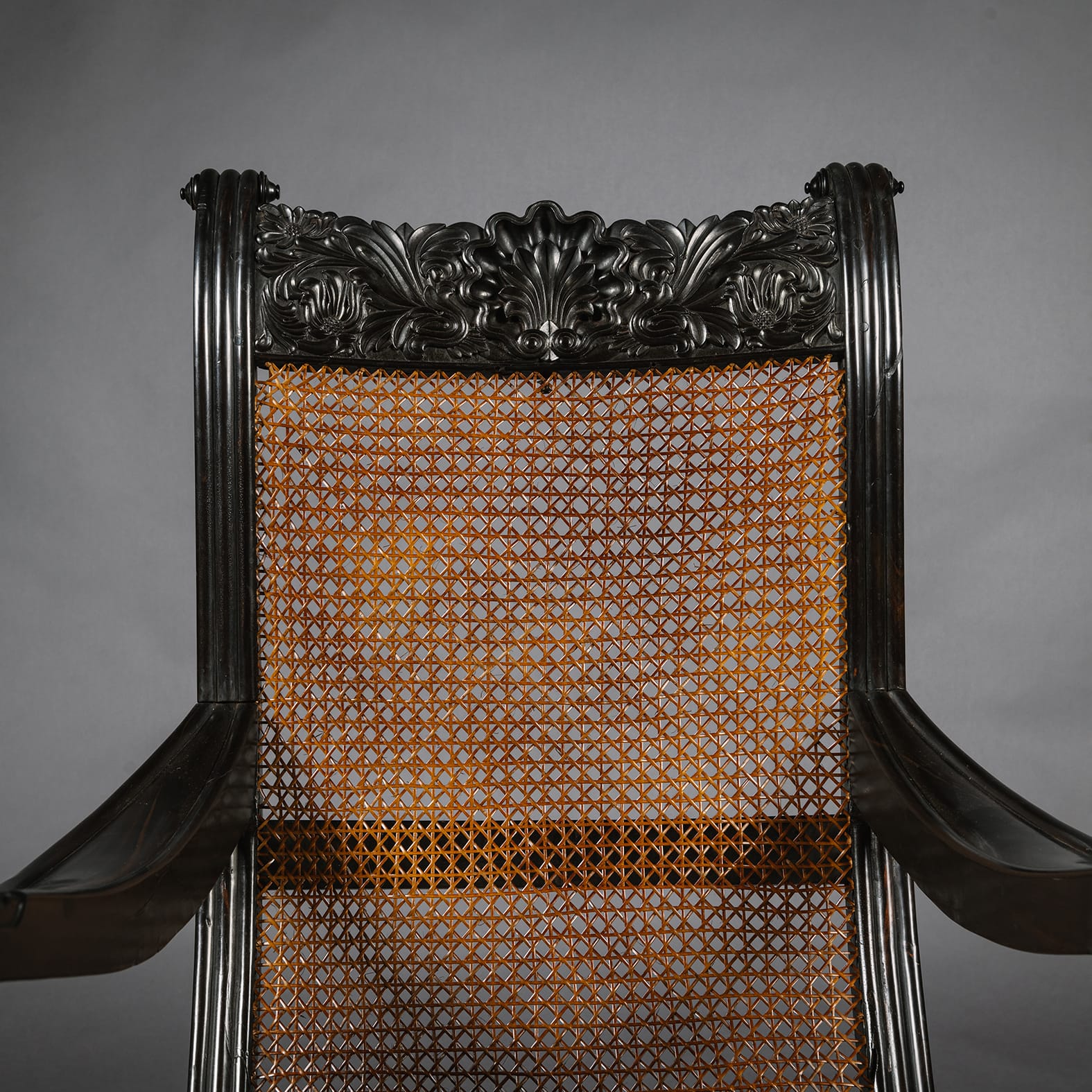
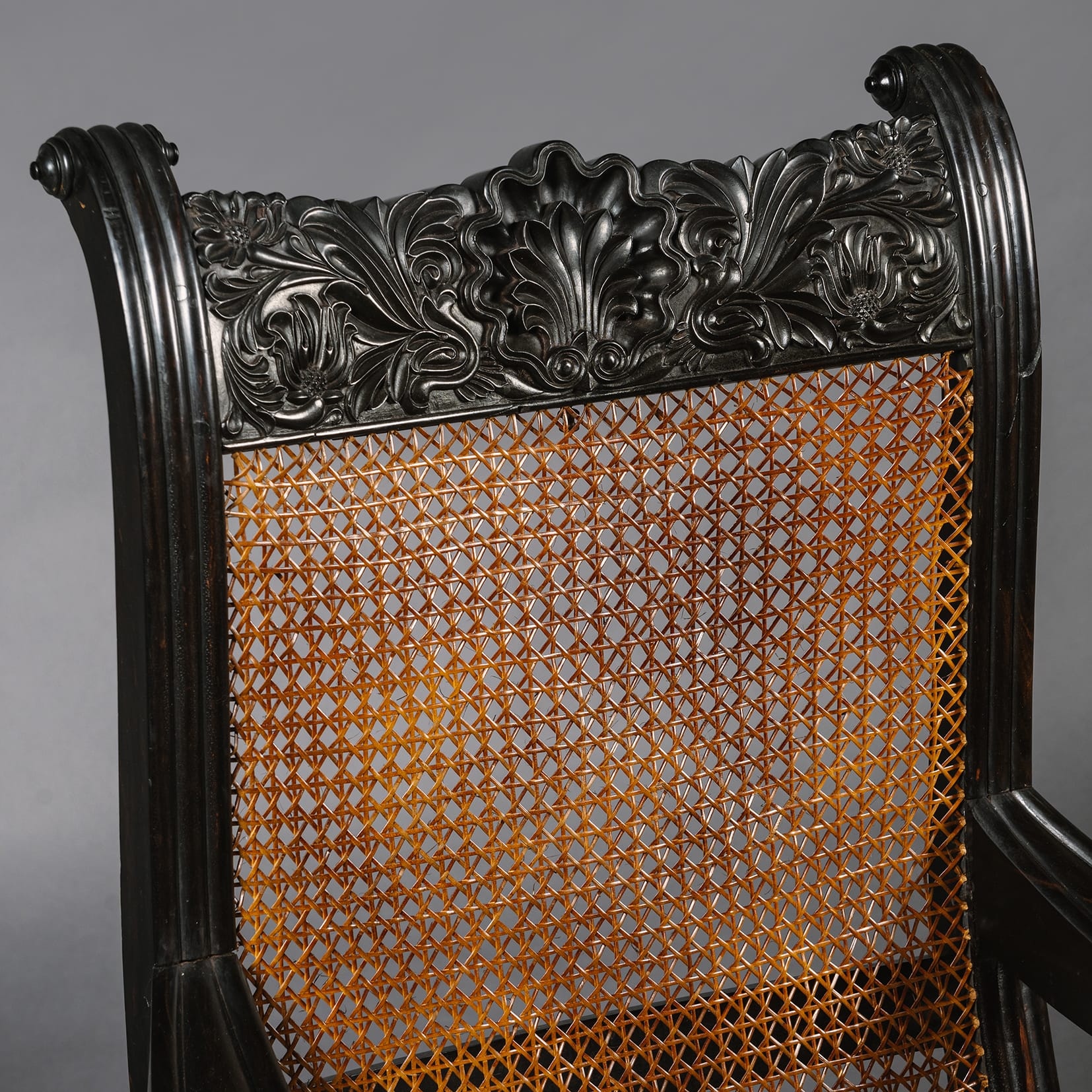
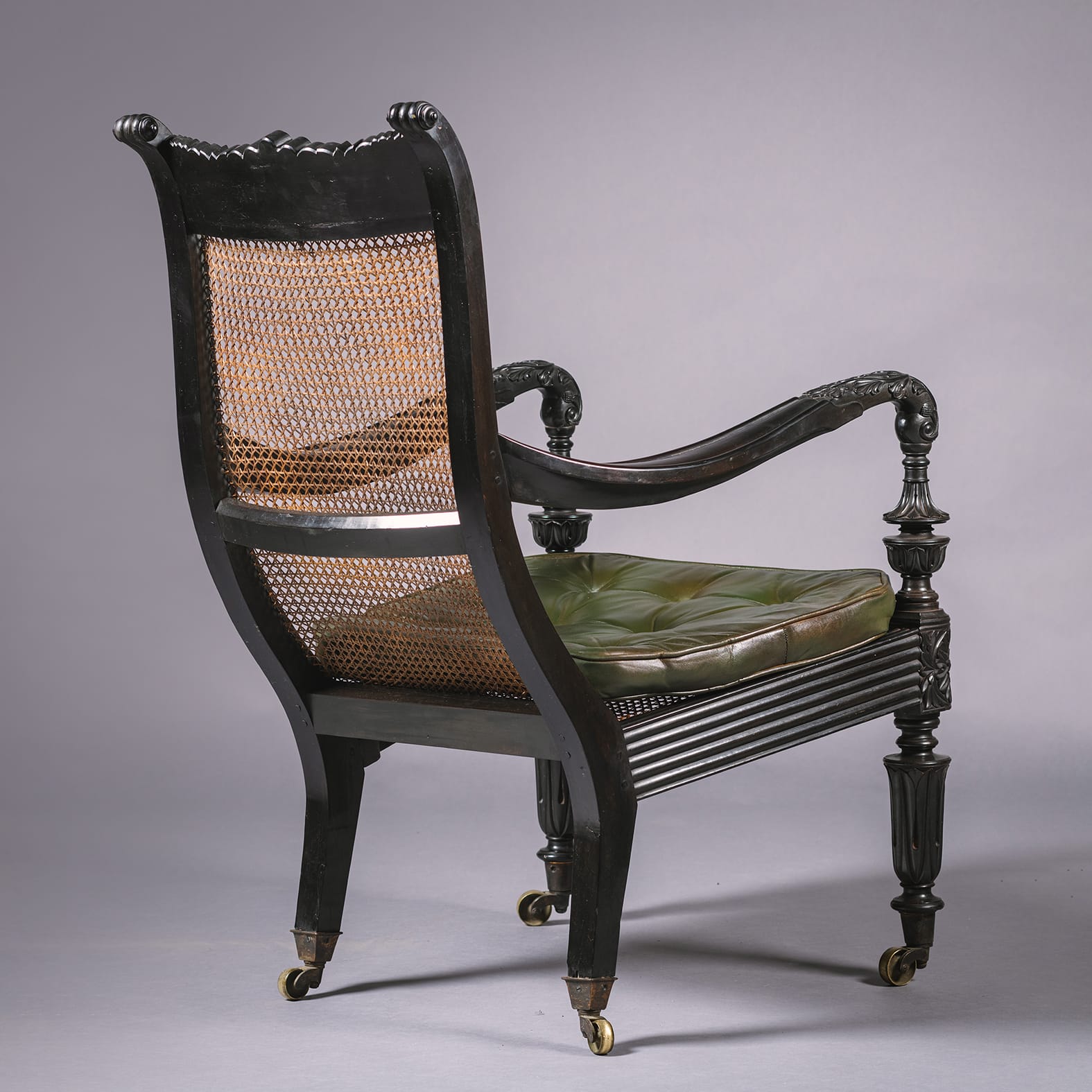
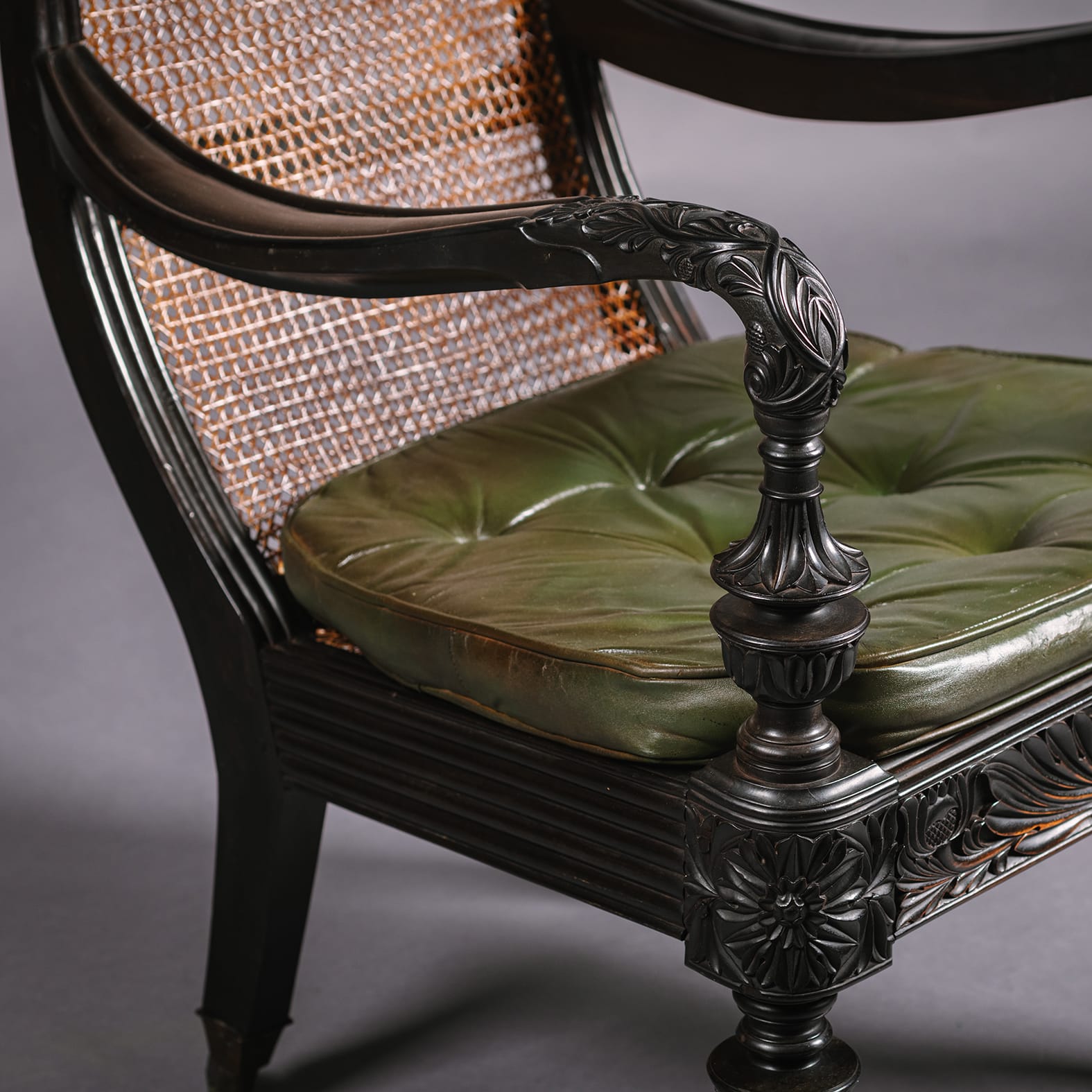
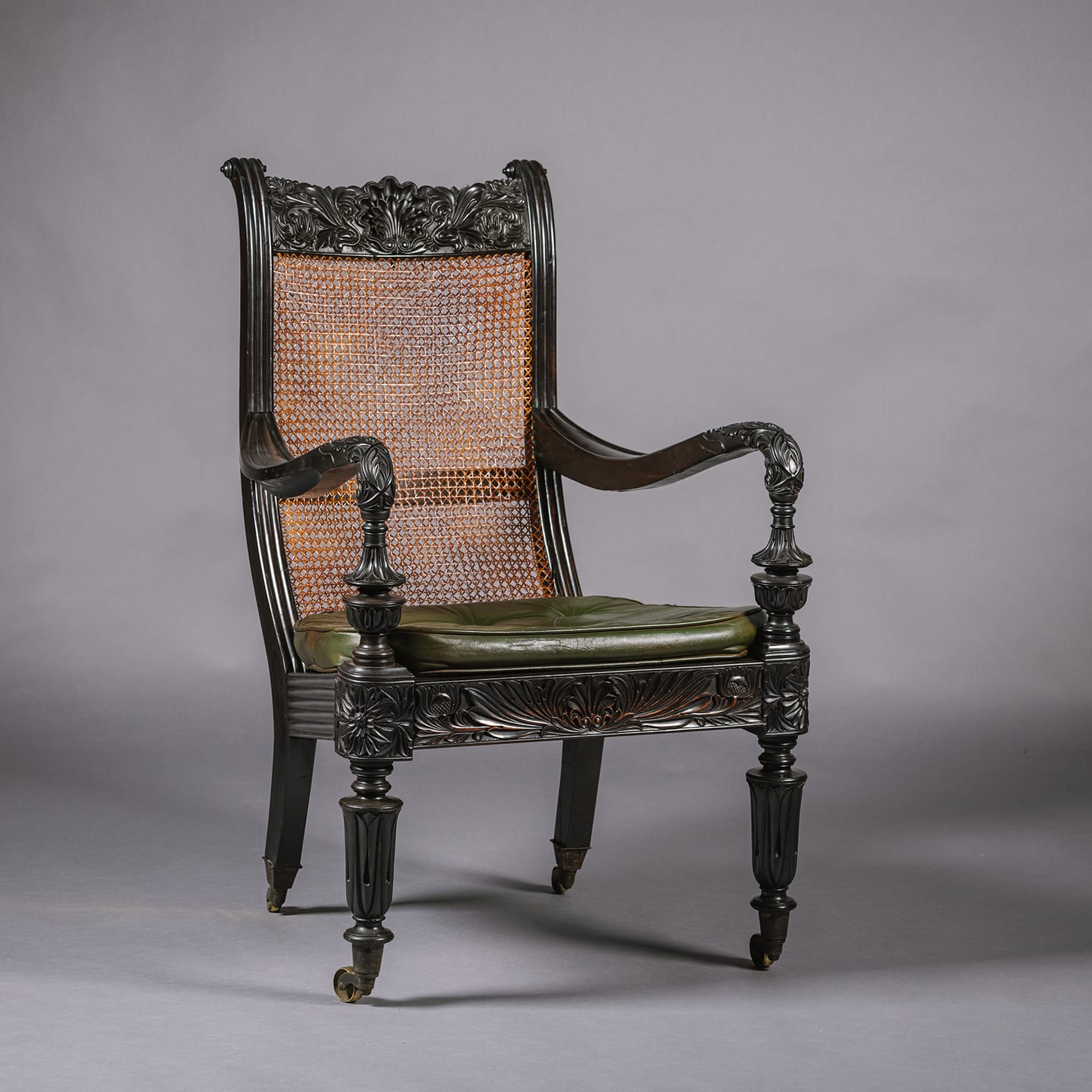
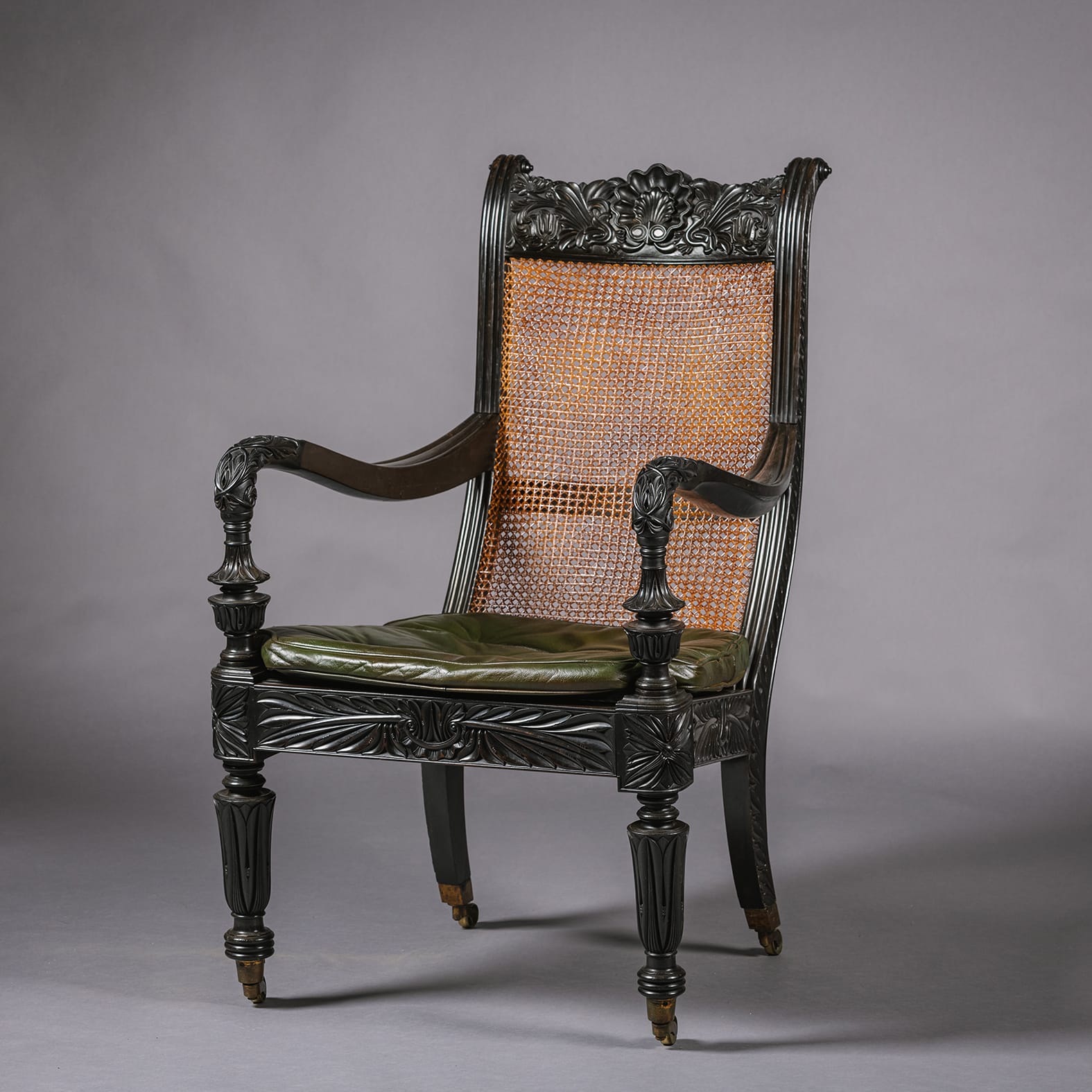
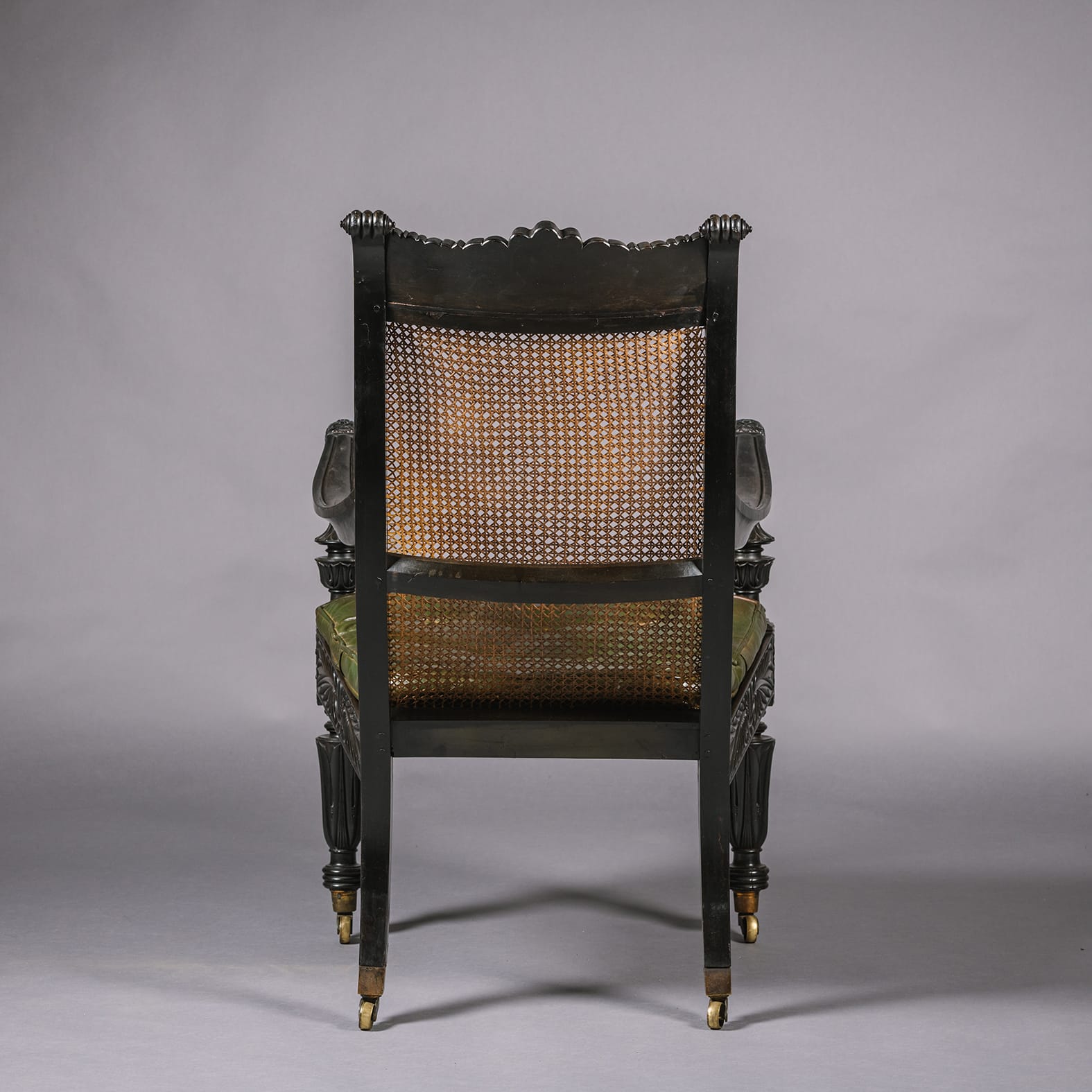
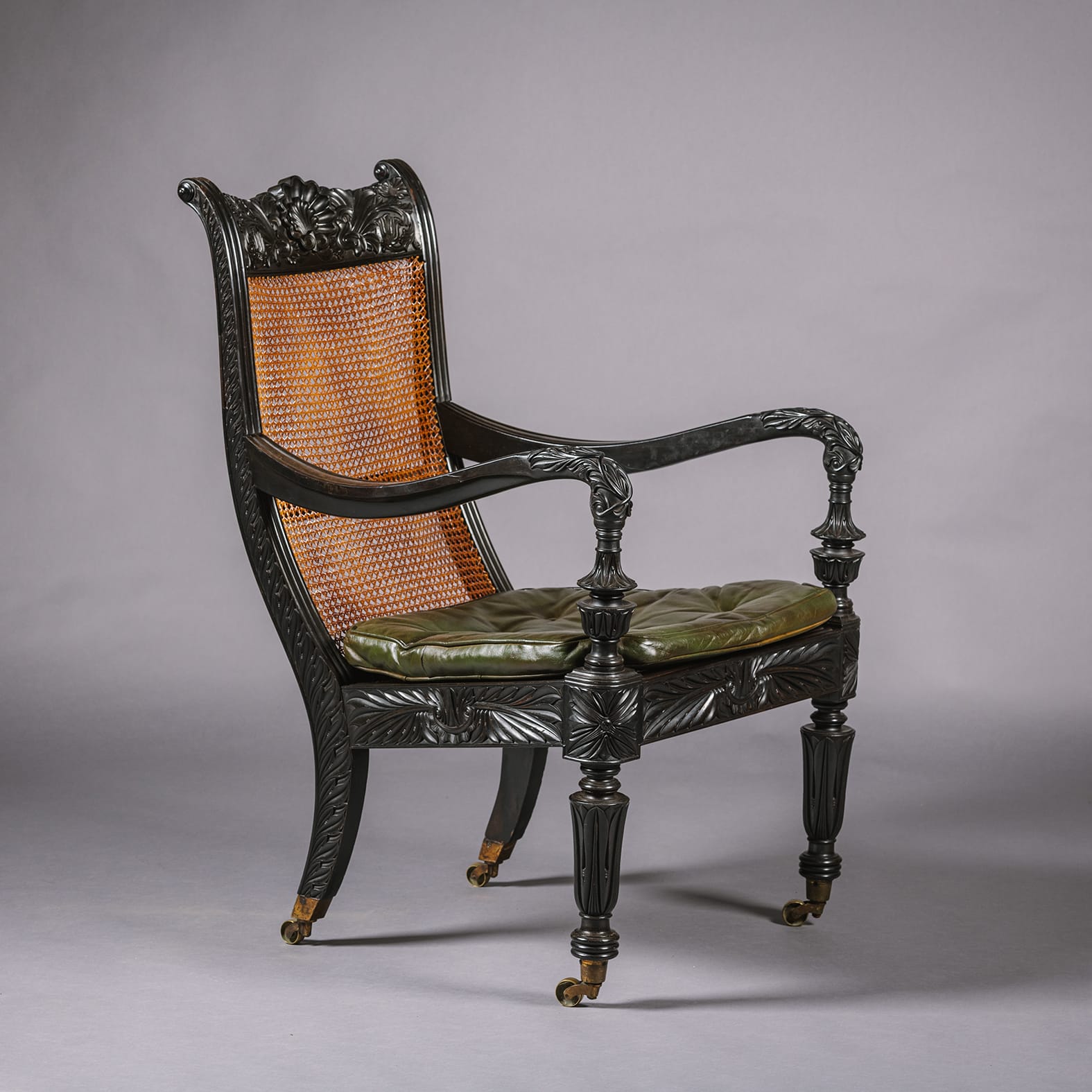

 Print
Print